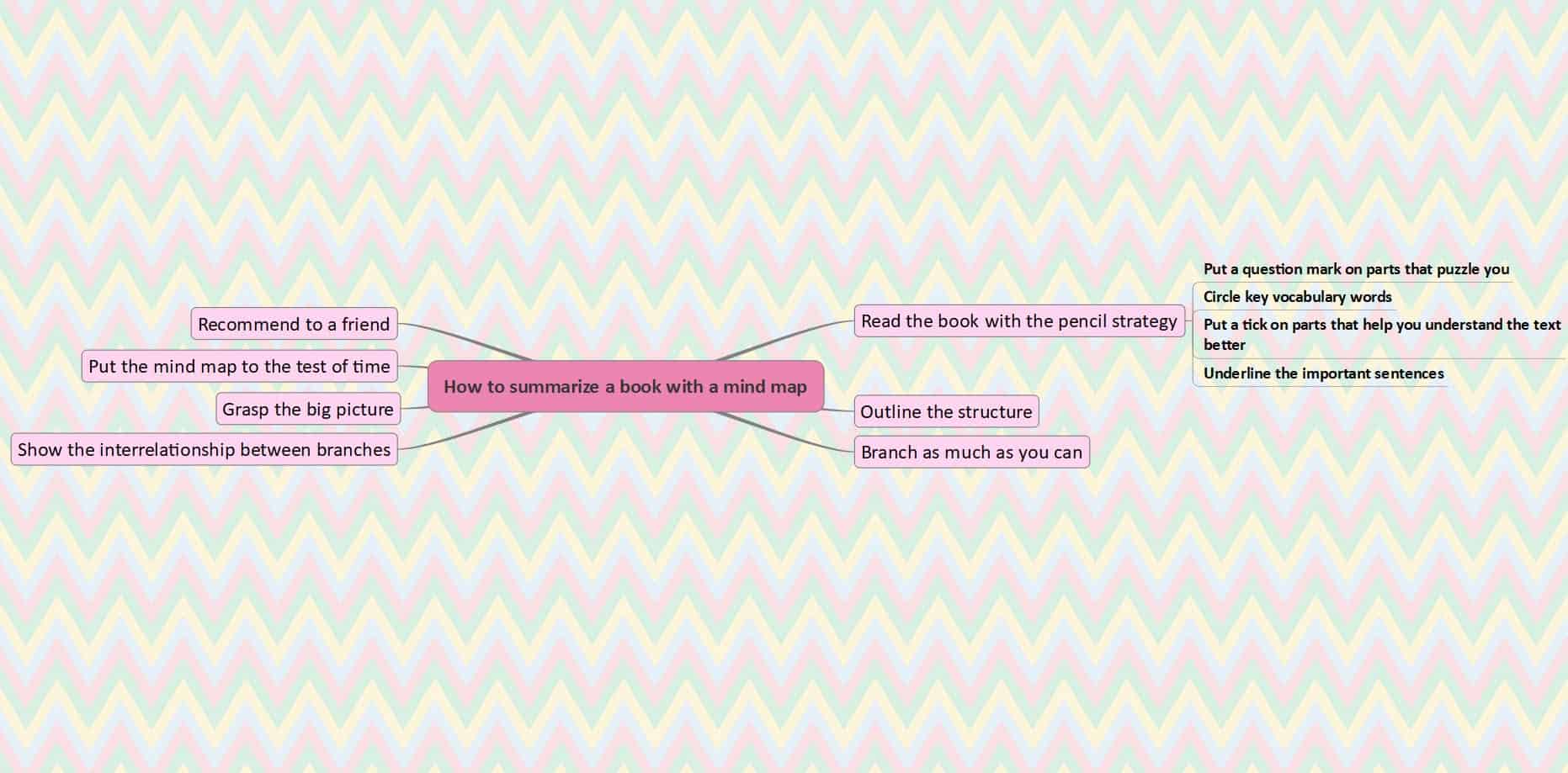In the world of content creation, it is essential to understand your audience and to provide them a relevant, quality, and engaging content that will sparkle their interest. I could say that content creators could be defined as ‘magicians’ because they can surely turn the dullest topic into an attractive piece of content.
Content creators spent hours, sometimes even weeks, to shape the perfect article or blog post. They aim to come up with an idea for an article that will be appealing enough to capture readers’ eye. They write and re-write, sweat over content in order to make it attractive.
The challenge here is that they can never foresee the final impact of the produced content on their targeted audience. Therefore, one content creator doesn’t just sit idly by and hope that their work will eventually reach someone, but they take action and use all their efforts to share and promote the piece.

However, after promoting the article on every available medium, they usually forget about it and go on with composing another and another. But the story shouldn’t just finish there. The life of relevant and high-quality content shouldn’t be concluded with this chapter.
Sharing a particular article on social media channels, forums and communities isn’t enough. Apart from these, many different content formats can help you to get the most of your content and enhance the final effect.
Going the extra mile
What else could content creators do to re-spread their old, quality-blog posts? Two words – mind mapping. Content writing and mind mapping is a powerful combination. Creating a mind map of an existing article is a great method of repurposing content.
Repurposing content means finding new ways of presenting your existing content. With this method, one can increase their audience, and even grab and hold readers’ attention for much longer. There is a variety of ways of repurposing content, however, in this article, I will give a detailed guide for repurposing content with a mind map.
The reason why to transform an article into a mind map
Bringing back to life an article that was noticed before is a great idea. But doing it with the help of a mind map is even a greater idea. Mapping an article with a mind map now goes by the name ‘Content Mapping’.
Why?
Living in a dynamic world, people nowadays don’t have the time to read very long articles. It is a pity; however, content creators must adapt and find a solution that would help them to preserve their old and attract new readers. In order to do so, they must find ways to promote their content in other forms aside from the blog post-form.
Following the latest trends and developing technologies will certainly bring benefits to content writers. Of course, their content will be shared in its original structure and will be noticed by many, however transforming it into an engaging visual piece, such as mind map can double or triple its lifetime.

Mind mapping is a creative and engaging technique, which is used for brainstorming, presenting new ideas and note-taking. But combining it with your most popular content can help you deliver a unique visual piece to the right people.
Simply put – an article can earn popularity, which with time can slowly fade away. Moreover, an article written on a particular topic can always be copied, while a notable mind map created with vivid colors and images can give an entirely another effect.
Which is the most suitable article
Content creators usually have tons of written articles shared and promoted on different media channels. So how to choose the perfect article to be repurposed with a mind map from this deep pool of diverse content?
Mind maps are designed to be composed around a focus subject and to branch out in an unlimited number of subtopics. Therefore, firstly you should look for good structure. To create a powerful mind map you will need a well-structured article. Well-structured articles are considered those written with subheadings that could easily branch out of the primary topic.
The ideal articles would be those written with How-to, X reasons/tips for-headlines that contain five or more headings and/or subheadings.
Suitable means popular as well
After reducing the number of articles only to those written with How-to, X reasons/tips for-headlines, you should move to discover the ideal topic. Even though every content creator surely has many articles of this type at its disposal, they should look for an article that had a big value and earned a considerable amount of attention on the internet.
Dig into your analytics to find the article that has got the most attention. It doesn’t matter whether it was featured on Medium, shared on Facebook, or on a certain forum, your job is to dive into your existing content and find the most interesting piece.
Bottom line
Turning a particular article into a mind map will definitely make your content shine once again. Content mapping can help you expand your reach and discover areas you never explored before. And for achieving this all you need is a mind mapping tool.

Now there are mind mapping tools available that offer a countless number of possibilities for content writers. With help of iMindQ, for example, you can repurpose your most popular articles and share them across the internet to draw new readers.
For instance, if you have written an article similar to this one ‘How to summarize a book with a mind map’, you can compose a mind map where the central topic would be the headline itself and the subtopics would be the subheadings. As an example, for the article in question the subtopics could be:
- Read the book with the pencil strategy;
- Outline the structure;
- Main branches according to the purpose;
- Branch as much as you can;
- Show the interrelationship between branches;
- Grasp the big picture;
- Put the mind map to the test of time;
- Recommend to a friend.
Each of these subheadings could branch out in bullet points that highlight the essential aspects included in the written paragraph, could contain keywords and pictures as well.
About the author
Kristina Gjorgievska, a content writer and translator. Eternal inspiration: magical Italy, Jim Morrison’s poetry, Bernardo Bertolucci’s timeless “Stealing Beauty”, the dynamic and meditative Ashtanga Yoga. You can connect with Kristina on LinkedIn.



